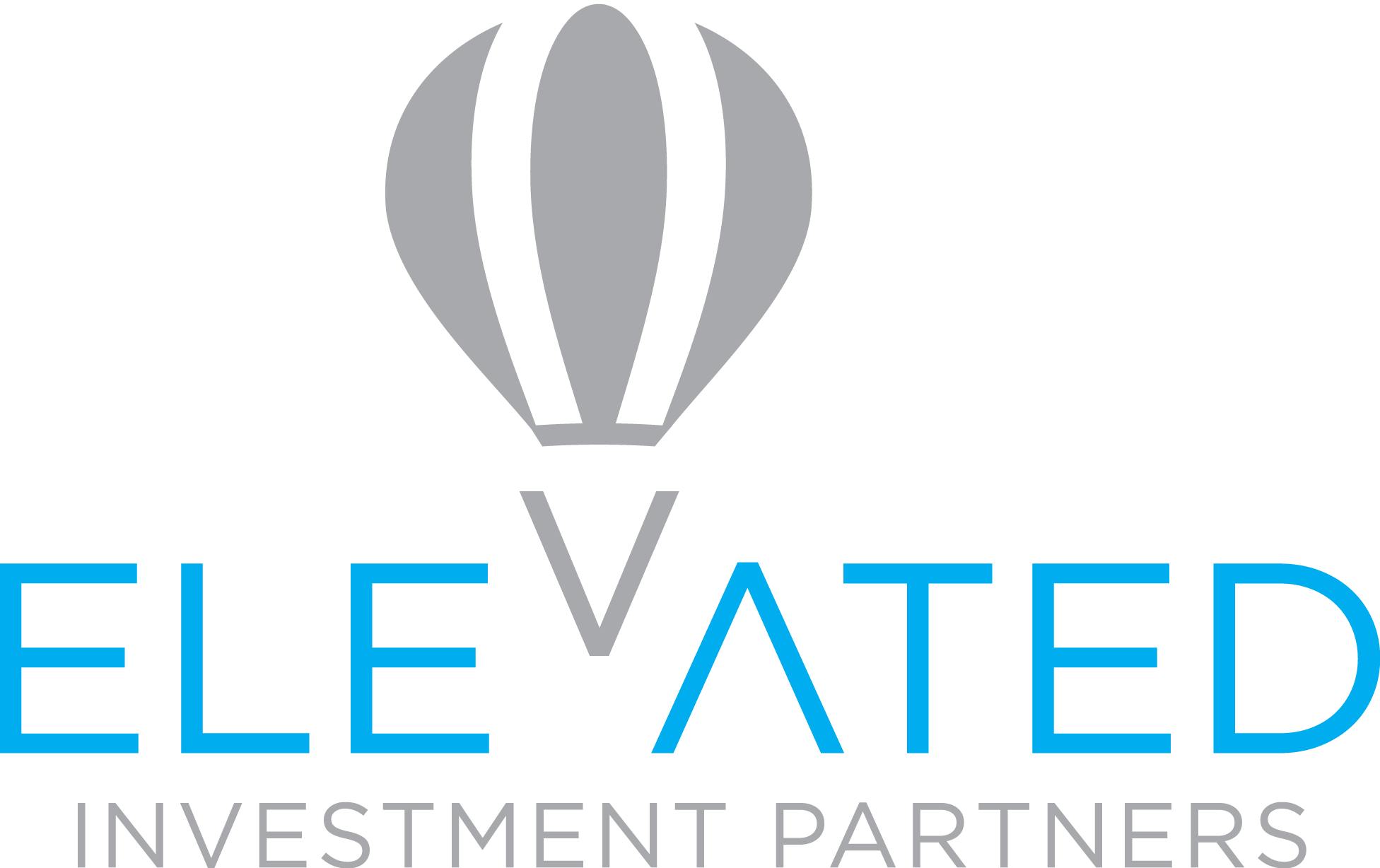U.S. equity funds are the largest asset category in the defined contribution system, (401(k),403(b), 457(b) plans etc.), representing 35% of all retirement plan assets. When selecting equity options for their participants, plan sponsors face a dizzying set of choices:</div><div>
- Value, growth or blend investment style
- Domestic, global or international
- Large caps or the potentially greater opportunity of small and mid caps
- Alternative asset classes, like real estate, sector and alternate beta strategies
- What about a brokerage window?
Faced with this complexity and the different risk and reward profiles of these different options, many plan sponsors have elected to provide participants with the full range of equity opportunities.
Historically, this has meant creating menus by style box, offering one or more investments in each of the Morningstar equity subcategories.
Why Style Boxes Challenge Participant Choice
This seemingly sensible approach has pushed the average number of equity choices faced by participants to 11 and the average number of DC menu choices to 20, according to the Plan Sponsor Council of America’s 2018 survey of profit sharing and 401(k) plans.
Participants already confused about the stock market are forced to make long-term decisions based on multiple, similar growth options. As a result, they might “naively diversify” by allocating proportionally among the available options, or faced with choice overload, they might not take action at all.
So how does one adapt equity menus to the needs of participants?
Keep Simplification Simple
Plan sponsors can offer fewer funds and still cover the full range of asset classes.
Finding the right balance, however, is tricky. Too many choices could make it difficult for plan sponsors to meet oversight and due diligence requirements, while too few may not offer enough risk mitigation or potential future income streams.
Three Keys to Structuring a U.S. Equity Lineup
Here are some progressive steps plan sponsors can take to build more rational menus that may diversify risk and improve participant choice.
1. Shift the focus from style boxes to asset class
Traditional style-box components can be combined into one core fund for each capitalization. One broadly diversified large-cap option can capture a range of investment strategies, making it easy for participants to choose and diversify.
2. Reduce three (or more) asset classes into one growth fund
Sponsors uncertain about such drastic reductions can still rationalize equity menus. Diversifying similar equity funds across regions, market capitalizations and/or sectors may help participants capture a larger proportion of the total investment opportunities.
3. Redirect fund metrics to participant needs
With fewer funds to choose, sponsors should be more thoughtful about the specific funds they select. Do they meet participant needs for replacement income and risk mitigation? Such measures as upside vs. downside capture ratio, dividend yield and active share (potential for diverging from index benchmarks) may help identify the best fund options.
Streamlined equity choices may help participants make better investment decisions. Often, defined contribution plans offer too many equity choices, yet fall short of providing sufficient opportunity to maximize returns and minimize risk. Fewer, more thoughtful equity choices may maximize participants’ opportunities while simplifying decision-making.
Key Takeaways
- Simplifying defined contribution menus may help improve participant decision-making.
- Equities may be the most important part of the menu to simplify.
- Using funds with broader mandates can reduce dependence on style boxes

